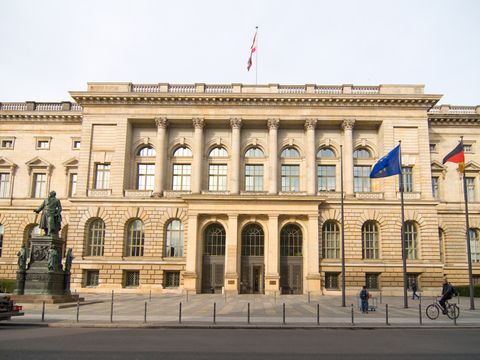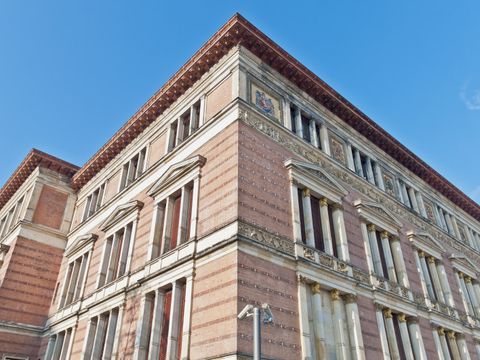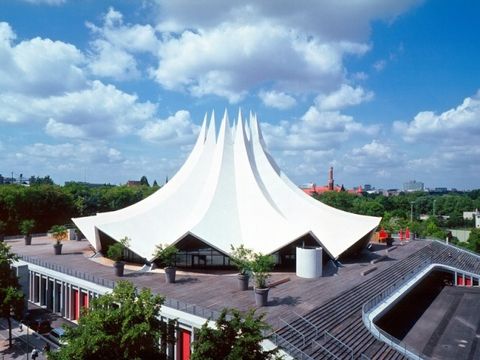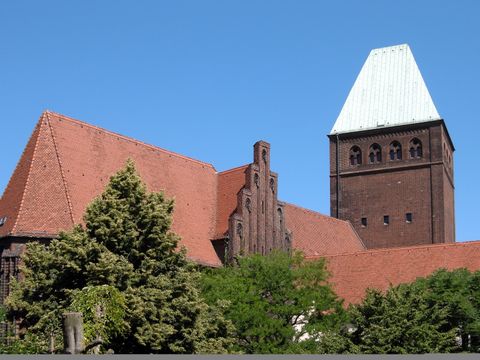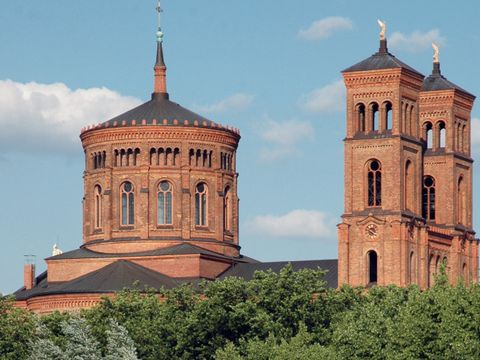
Image: Bildwerk / Stiftung Topographie des Terrors
Topographie des Terrors
Auf dem Gelände des Dokumentationszentrums „Topographie des Terrors“ befanden sich zwischen 1933 und 1945 die Dienstzentrale der Geheimen Staatspolizei, das Gestapo-„Hausgefängnis“ und seit 1939 das Reichssicherheitshauptamt. More information







